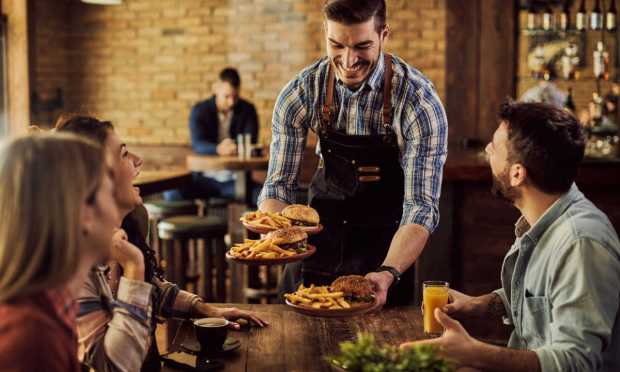For Restaurant Loyalty Programs to Pay off, They Must Be Easy to Access

As restaurants look to keep visit frequency up in the face of rising consumer anxiety about price, loyalty programs can be a key tool to keep customers coming back. However, while diners may want the discounts in theory, the vast majority are not willing to go out of their way to earn and redeem their rewards.
In an interview with PYMNTS, Anthony Parker, franchise board member at casual dining chain Shoney’s and owner of seven locations, explained to PYMNTS how updating these stores’ loyalty programs is boosting engagement and enabling more targeted marketing.
“We’ve done a loyalty program in the past where we had an iPad up front, and guests would come in and punch their phone number in,” Parker recalled. “And I was getting maybe 10 to 15% of my customers actually doing that, but it was kind of a hassle. There was a line, you had to wait.”
After 18 months, he shut down the program, because the sales it generated did not make up for the monthly fee that the vendor charged for the program, he said. With his restaurants now switching to recently unveiled point-of-sale (POS) system SkyTab from Shift4, he is hopeful that loyalty adoption will rise, increasing the stores’ ability to incentivize visit.
“People can [earn rewards] right there from their table when they’re paying,” he said. “So, I’m hoping to get a lot more buy in. … I think everybody’s been really comfortable with it [so far].”
Related news: Payments Company Shift4 Unveils Restaurant POS
Parker added that the goal is to use the new program’s lapsed user program to identify customers who have not returned in more than two months, incentivizing them to return with a targeted coupon.
Certainly, loyalty engagement should be higher than it was in the previous iteration. Ten to 15 percent is quite a low figure for loyalty program participation, considering the share of the restaurant’s customers that likely engage with other brands’ programs on a loyalty basis. In fact, PYMNTS research finds that two to three times that share of diners engage with loyalty programs each month.
Specifically, according to data from the March/April edition of PYMNTS’ Digital Divide series, “The Digital Divide: Regional Variations in U.S. Food Ordering Trends and Digital Adoption,” which drew from a survey of more than 2,500 U.S. adults who regularly purchase food from restaurants, 30% of restaurant customers reported having used a loyalty program in the prior 30 days.
Read more: New Research Shows That Regional Dining Quirks Matter in Tailoring Restaurant Offers
In addition to lowering the friction for consumers hoping to redeem loyalty rewards, the program change also offers savings on the back end in terms of the labor it requires to implement and maintain. For instance, for offers such as discounts for seniors, the restaurants can now add that information to a given user’s profile rather than having to re-enter the information and manually apply the discount every time.
“The loyalty program itself and the discounting thing has saved me a lot of back-end work,” Parker said, “and our customers seem to enjoy it.”
